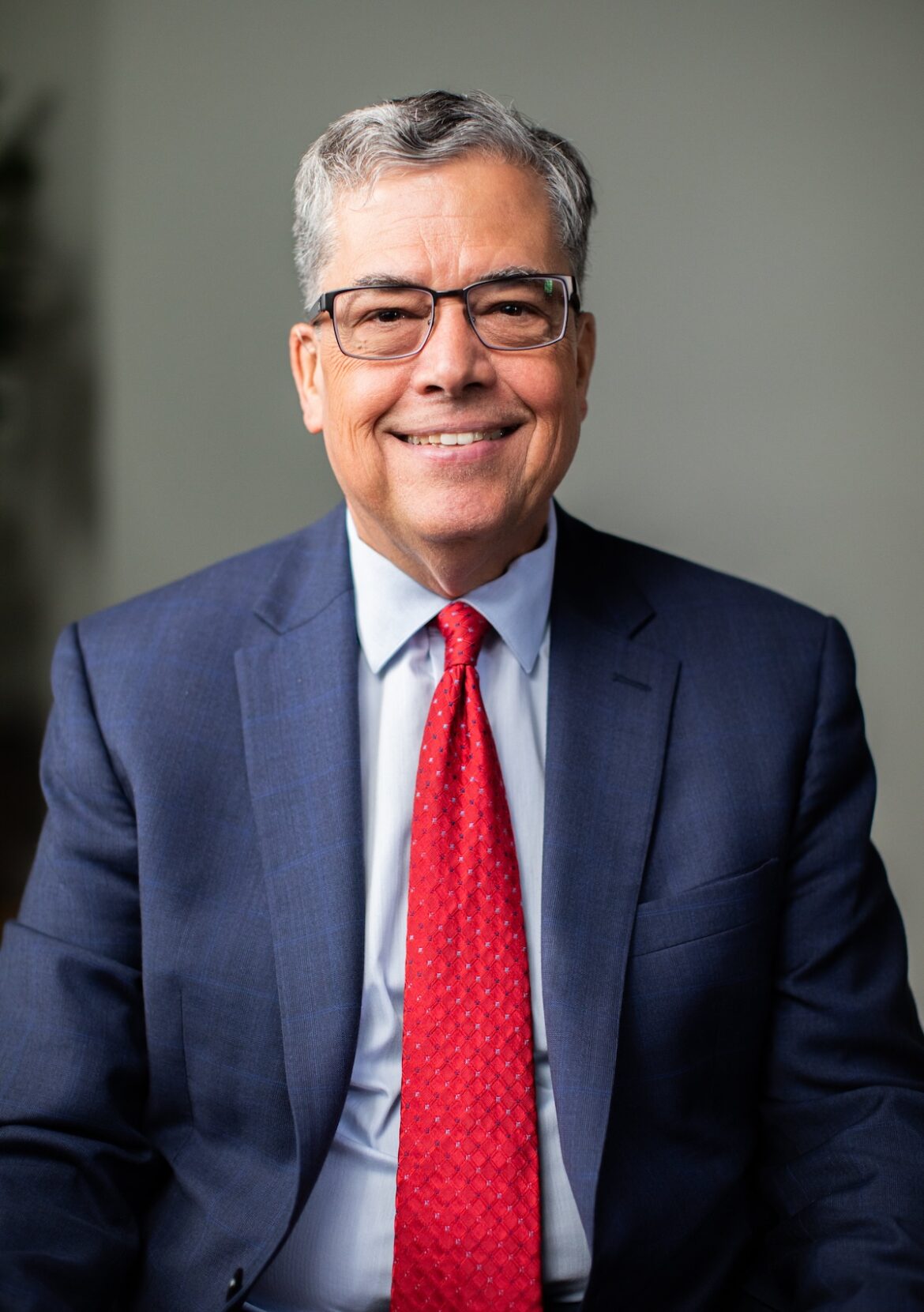Catholic colleges and universities today face the challenge of maintaining a strong Catholic identity while adapting to the challenges of the modern world, including the field of artificial intelligence. Peter Kilpatrick, president of The Catholic University of America, recently spoke with OSV News’ Charles Camosy about how the university is meeting these challenges and growing in recent years.
— Charles Camosy: Can you give us the short version of the journey that led you to become president of The Catholic University of America?
— Peter Kilpatrick: I have been an academic all my adult life, starting out as a chemical engineering professor at North Carolina State University in 1983, eventually taking on leadership positions when asked of greater and greater authority, including department chair, center director, dean of engineering at Notre Dame, and chief academic officer and provost at the Illinois Institute of Technology from 2018 to 2022.
I had planned to retire then, at age 66, and was approached by a close friend at Notre Dame to consider the presidency at The Catholic University of America. I must admit, I had to be convinced, but after visiting Catholic University of America for the interview trip, and meeting our remarkable students, faculty, and board members, I became interested.
I feel my entire professional career, and my deep and abiding commitment to my Catholic faith (I converted at age 25 in graduate school), has prepared me for this. Indeed, I feel Our Lord has been preparing me for this my entire life. It is a great privilege and honor to serve this remarkable institution.
— Camosy: For some time now, we’ve heard lots of warnings about the crisis in higher education. How do you feel about Catholic University of America’s positioning and capacity to respond to higher education’s challenges?
— Kilpatrick: Higher education has been under attack for some time now, with many in the culture and in the business community claiming that we are doing a poor job of preparing young people to flourish in a rapidly changing culture and business environment.
Many people feel that universities have been part of the problem in fostering ideologies that detract from human flourishing. Others believe that universities have been irresponsible in allowing young people to take out very large loans to pursue education at their institutions knowing full well that their indebtedness would be a serious challenge to them.
So in many ways, some of the challenges in higher education have been self inflicted and a result of irresponsible behavior on the part of “some” universities (I could name them but that would be uncharitable).
Another significant challenge in higher education is that, like many industries, we have overbuilt in response to a strong demand for American higher education that is now waning.
Certainly, from the 1950s until at least the 1990s, American universities were the envy of the entire world, so it was relatively easy to generate enrollment tuition revenue, often by enrolling some percentage of international students who would typically pay considerably more on average for tuition than would domestic students. Foreign countries responded by building up their own universities such that many highly regarded universities (at least by the secular world) are now to be found in China, Korea, Singapore, Japan, India, Brazil, Chile, Mexico, Canada, Australia, indeed throughout the world.
At one point, there were over 7,000 institutions of higher learning in the United States. This combined with the decline in birthrate in the U.S. and the changing demographics of fewer children in affluent families has led to the current crisis.
In the future, the universities that will flourish and succeed will be those that are highly differentiated in the marketplace, that offer unique programs that are perceived to be (and are truly) of high value. We have done this in a number of our schools and programs.
Our Columbus School of Law has leaped from a national ranking of 122 to 71 in just two years (2023 to 2025), largely because of a very intentional decision to lean heavily into our Catholic identity and mission by launching three new centers over the last decade: the Center for Religious Liberty, the Center for Law and the Human Person and the Center for Constitutionalism and the Catholic Intellectual Tradition. These programs have brought some truly outstanding young faculty to our school and have garnered national attention.
Our Conway School of Nursing has risen to 28 in the national rankings (from 54 just one year ago) largely on the basis of leaning into the notion of forming nurses in the image of Jesus Christ as Healer or Divine Physician. In addition, the School of Nursing has developed unique and engaging programming based on simulations and clinical experiences that very few (if any) other schools can offer.
I could cite many other examples, including our philosophy, theology and business schools. This is the future for our university.
— Camosy: Can you say more about Catholic University of America’s commitment to the fullness of its Catholic mission and identity? What are some of the ways this plays out?
— Kilpatrick: As discussed above, we are completely committed as “the” Catholic University of America and based on our founding mission to be a source of salt and light to the world of higher education. This means being both excellent and differentiated in our academic offerings to be distinctly Catholic and innovative, and also being faithful to the teachings of the church in areas of faith and morals.
Indeed, all of our ecclesiastical faculty — those that teach in philosophy, theology and religious studies, and in canon law — take an oath of fidelity publicly at the Mass of the Holy Spirit at the beginning of their tenure, but the president also takes an oath of fidelity. That oath commits me as president to ensure fidelity here at the university, something I joyfully commit myself to.
What is exciting to me is that we can be both a university committed to free inquiry and vigorous discussion but one also that is committed to fidelity. Many people in our culture do not understand that the two are not antithetical.
Moreover, there are many excellent faculty in the United States who would like to pursue their teaching, research, and scholarship at a faithfully Catholic university that is also research and scholarship intensive. There are not many options for them, so we are able to recruit outstanding faculty to our university.
— Camosy: I’m particularly impressed with your commitment to lead a university in which use of AI is discussed and debated in a distinctively Catholic key. Can you say more about your efforts in this regard?
— Kilpatrick: We made a very conscious decision several years ago to strive to be a university that attempts to provide ethical, moral and virtue-based guidance in the use of AI. We partnered with Leidos, the information technology company, to host a conference in April 2022 focused on designing ethical military AI systems.
Since then, we have hosted several additional conferences and panels. We believe as an institution that AI is here to stay and universities should lean into articulating the appropriate guardrails to prevent the inappropriate use of AI and perhaps even lobby Congress for laws and policies dictating such guardrails. It does not seem that many of the technology companies will self-regulate in appropriate ways.
To bolster our capabilities in this regard, we established a university-wide task force on AI led by our senior vice provost for research, Dr. H. Joseph Yost. Dr. Yost has recently established a new Institute on AI and Emerging Technologies and we have hired a new director of that Institute, Taylor Black. Mr. Black is a very accomplished AI expert who works in the Office of the Chief Technology Officer for Microsoft as their director of AI and Venture Ecosystems. Taylor is also studying to become a deacon in the Greek Catholic Church. We are very blessed to have him join our university.
We have also hired a number of outstanding faculty in the AI area, including Dr. Hanseok Ko and Dr. Gregorio Toscano, who are helping us build out our AI infrastructure and who are working closely with ethicists, moral theologians and others to articulate clearly how AI can and should be used in virtuous ways that conform to the recent Vatican instruction on AI entitled “Antiqua et Nova.”
Finally, our faculty and trustees have played a leadership role in what is called the AI Builders Forum, which is hosted by the Vatican.
Charles Camosy teaches moral theology and bioethics at The Catholic University of America in Washington.




